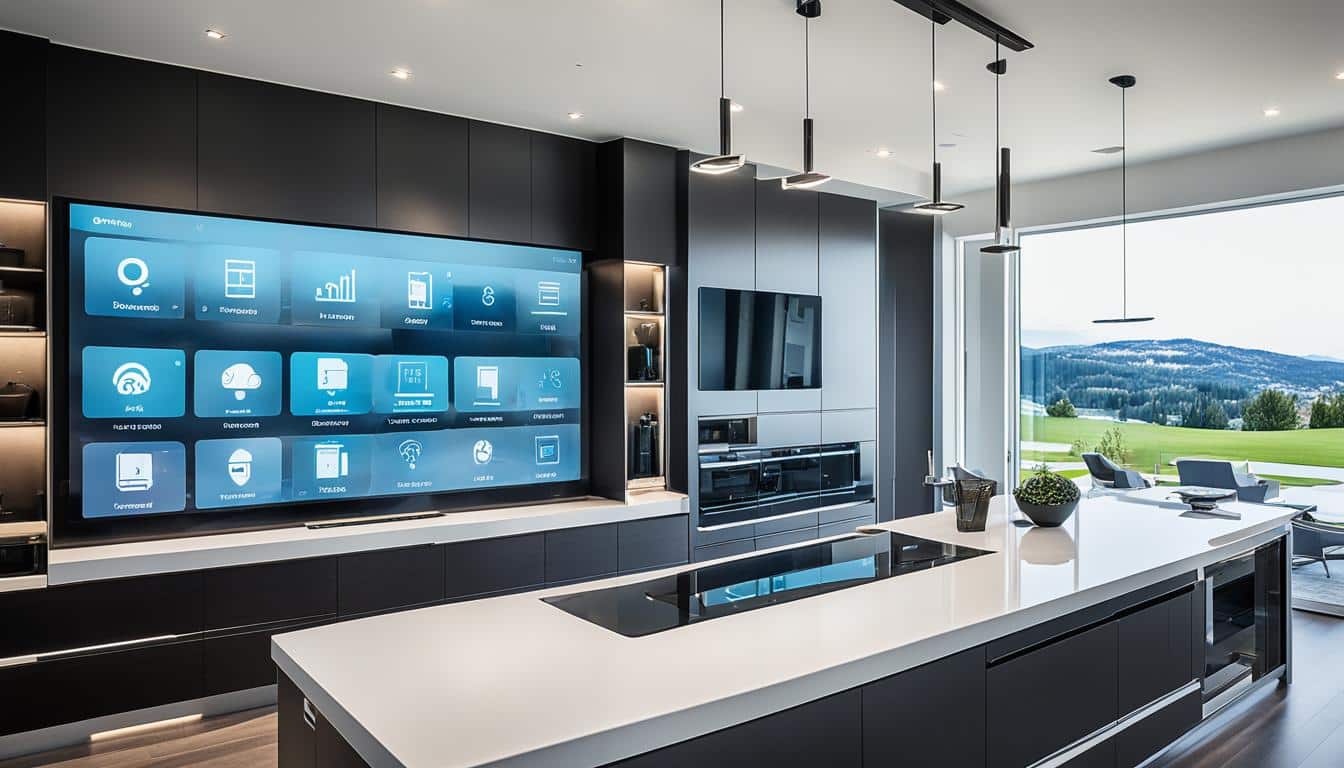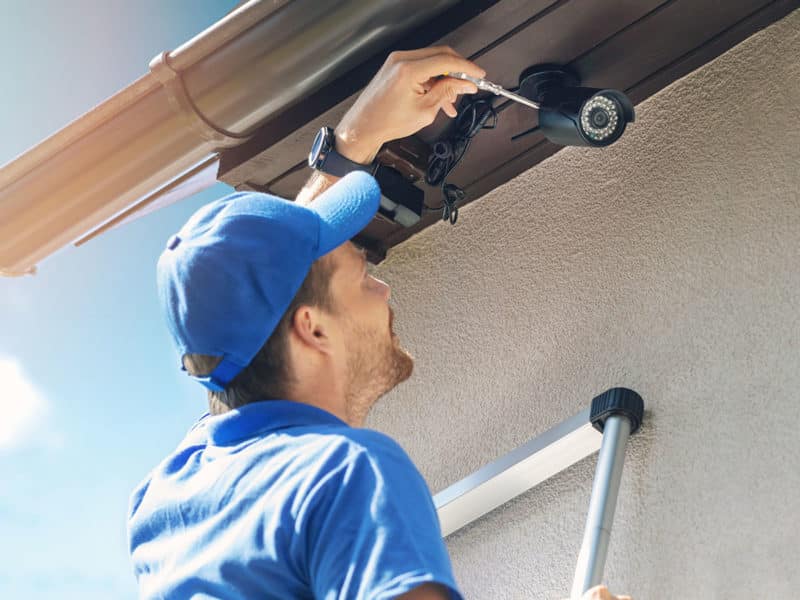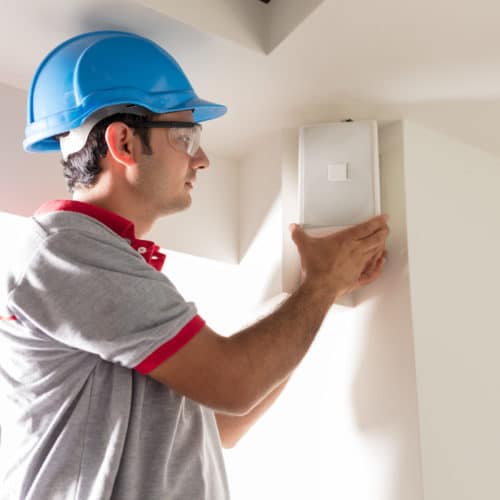In today’s world, ensuring the safety of your home is more crucial than ever. Installing a DIY home security system is a cost-effective and efficient way to protect your family and property. This guide will walk you through everything you need to know to set up your own DIY home security system, offering peace of mind without breaking the bank.
Why Choose a DIY Home Security System?
Cost-Effective Solution
DIY home security systems are generally more affordable than professionally installed systems. By taking on the installation yourself, you save on labor costs and avoid long-term contracts with security companies.
Customizable Options
With a DIY home security system, you have the flexibility to choose the components that best fit your needs. Whether it’s cameras, motion detectors, or alarm systems, you can customize your setup to ensure comprehensive coverage of your home.
Easy Installation
Modern DIY home security systems are designed with user-friendliness in mind. Most components are wireless, making them easy to install without needing professional help. This simplicity allows even those with minimal technical skills to secure their homes effectively.

Essential Components of a DIY Home Security System
Security Cameras
Security cameras are the cornerstone of any home security system. They deter intruders and provide valuable footage in case of a security breach.
Types of Security Cameras
- Indoor Cameras: Monitor the interior of your home.
- Outdoor Cameras: Weather-resistant cameras for monitoring the exterior.
- Doorbell Cameras: Capture footage of anyone who approaches your front door.
Motion Detectors
Motion detectors alert you to movement within specific areas of your home. They are essential for detecting intruders who bypass security cameras.
Placement Tips
- Install motion detectors near entry points such as doors and windows.
- Position them in hallways and common areas for maximum coverage.
Alarm Systems
Alarm systems provide an audible deterrent to potential intruders and notify you of security breaches.
Types of Alarms
- Audible Alarms: Loud sounds to scare off intruders.
- Silent Alarms: Notify you or a monitoring service without alerting the intruder.
Door and Window Sensors
These sensors trigger an alarm when doors or windows are opened unexpectedly. They are crucial for securing entry points.
Installation Tips
- Place sensors on all accessible doors and windows.
- Test sensors regularly to ensure they are functioning correctly.

Step-by-Step Guide to Installing Your DIY Home Security System
Planning Your Security System
- Assess Your Home’s Layout: Identify entry points and areas that need surveillance.
- Choose Your Components: Select the cameras, sensors, and alarms that best suit your needs.
- Create a Coverage Map: Plan where each component will be placed for optimal coverage.
Installing Security Cameras
- Mount the Cameras: Use brackets to secure cameras in desired locations.
- Connect to Power: Most DIY systems use wireless cameras, but some may require a power source.
- Sync with Your System: Follow the manufacturer’s instructions to sync cameras with your home security system.
Setting Up Motion Detectors
- Install at Entry Points: Position motion detectors near doors and windows.
- Adjust Sensitivity Settings: Ensure detectors are sensitive enough to detect intruders but not pets.
Configuring Alarm Systems
- Install Alarm Panels: Place panels near main entry points for easy access.
- Set Up Alarm Modes: Configure different modes such as home, away, and night settings.
- Test Alarms: Regularly test alarms to ensure they are working properly.
Placing Door and Window Sensors
- Attach Sensors: Use adhesive or screws to secure sensors to doors and windows.
- Sync with Alarm System: Connect sensors to your alarm system for immediate alerts.

Maintenance and Troubleshooting Tips
Regular Maintenance
- Check Batteries: Ensure all components have fresh batteries.
- Update Firmware: Keep your system updated with the latest firmware.
- Inspect Components: Regularly check cameras, sensors, and alarms for any signs of damage.
Troubleshooting Common Issues
- False Alarms: Adjust sensitivity settings to reduce false alarms.
- Connectivity Issues: Ensure your system is within range of your Wi-Fi network.
- Malfunctioning Components: Replace or repair any faulty components immediately.
Benefits of a DIY Home Security System
Control and Flexibility
DIY home security systems offer complete control over your home’s security. You can easily add or remove components as needed, ensuring your system evolves with your needs.
No Monthly Fees
Unlike professionally monitored systems, DIY home security systems typically do not require monthly fees, saving you money in the long run.
Immediate Notifications
Most DIY systems provide real-time alerts to your smartphone, allowing you to respond to security breaches immediately.

FAQs
How difficult is it to install a DIY home security system?
Installing a DIY home security system is relatively straightforward, especially with the user-friendly designs of modern systems. Detailed instructions and online tutorials can help guide you through the process.
Can I monitor my DIY home security system remotely?
Yes, most DIY home security systems offer remote monitoring through smartphone apps. This feature allows you to view live footage and receive alerts from anywhere.
What if a component of my DIY home security system stops working?
If a component stops working, refer to the troubleshooting section of your system’s manual. If the issue persists, contact the manufacturer’s customer support for assistance.
How often should I test my DIY home security system?
It’s recommended to test your system at least once a month to ensure all components are functioning correctly. Regular maintenance checks can also help prevent issues.
Are DIY home security systems as effective as professionally installed systems?
When properly installed and maintained, DIY home security systems can be just as effective as professionally installed systems. They offer the added benefit of customization and cost savings.
Conclusion
Installing a DIY home security system is an excellent way to protect your home while saving money. By following this guide, you can create a comprehensive security setup tailored to your needs. Remember to regularly maintain and test your system to ensure it provides reliable protection for your home and family.

From curious child to the President of WyreDreams, my journey started with a fascination for the wires behind my dad’s boombox. Today, I lead a team dedicated to transforming standard setups into exceptional audiovisual and smart home experiences.

